The Eativity oracle: food trends for 2021
While 2021 hasn’t exactly lived up to the hype just yet – rednecks storming the US Capitol building and an outbreak of a new super-dooper infectious strain of COVID-19 being just a few choice highlights thus far – the year has still got one thing going for it: it’s not 2020. And food lovers have got a lot to look forward to in the coming months. A greater focus on health, sustainability and local, ethical production will bring foods with more peace of mind this year, and we’re also likely to continue seeing more at-home offerings from top restaurants – both for those who love to cook themselves and for those who just like eating. Also on the horizon in 2021: prebiotics and probiotics have a new biotic buddy and – surprising absolutely no one at all – there will be even more plant-based meat alternatives jostling for position in what is becoming a very crowded market.
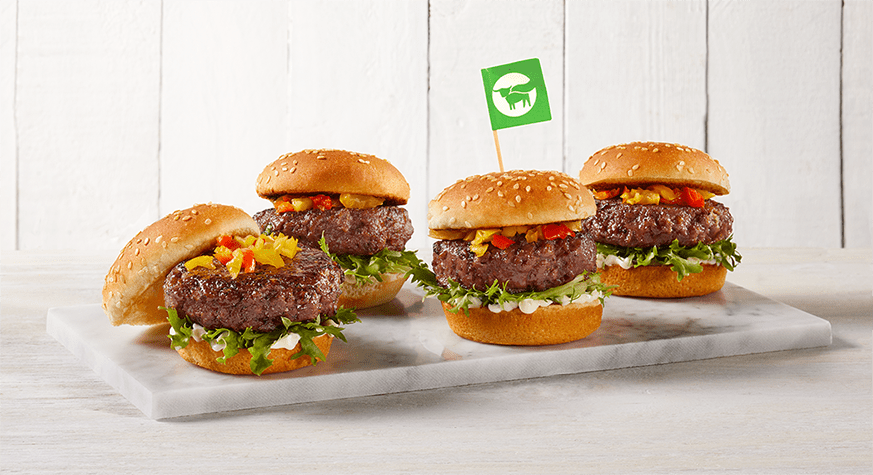
What we can expect to see more of
PLANT-BASED FOODS
Yes, we know there are already more plant-based products out there than you could lob a lentil at, but with the undeniable success of brands like Beyond Meat and Fable, this year we can expect to see the big players start to offer more plant-based products. McDonald’s is currently trialling a new vegan burger – predictably named the McPlant Burger – in Sweden and Denmark, KFC has launched vegan chicken in the US and UK, and even Pizza Hut has started offering a plant-based meat pizza.
This is not a trend that looks like it’s going anywhere. The International Food Council’s 2020 Food & Health Survey found consumption of plant-based foods increased in the past year, with 28 percent of people eating more protein from plant sources, 24 percent eating more plant-based dairy and 17 percent eating more plant-based meat alternatives than in 2019.
Names to watch in the Aussie meat alternative market include Fenn Foods, a Sunshine Coast-based business headed by Michelin Star chef Alejandro Cancino and his wife Paola. These guys have taken the extra step to appeal to planet-conscious consumers by launching the world’s first carbon-neutral plant-based mince. It’s coming soon.
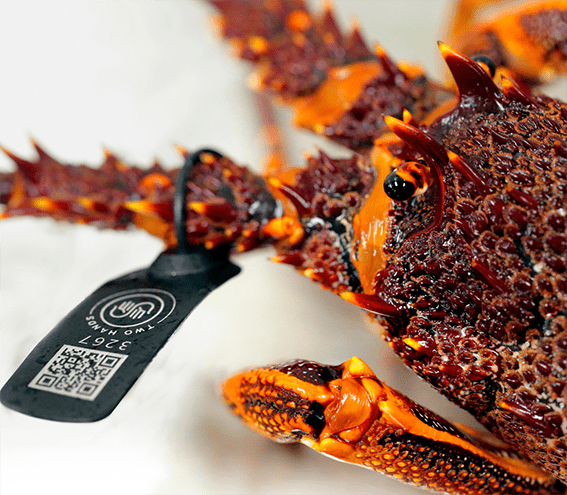
PROOF OF PROVENANCE
Consumers are becoming savvier about the importance of knowing where their food comes from and how it was produced, with “transparency” coming in at number one in food and beverage market research firm Innova’s top 10 trends for 2021. The Innova Consumer Survey 2020 found that six in 10 global consumers are interested in learning more about where foods come from, and this means that increasing transparency to meet evolving ethical and environmental consumer demands will be key goals for brands both big and small in 2021. The good news is that this will give our ethical and sustainable producers a real edge in the year to come. Of course, the mega retailers are also cottoning on to the trend, with supermarket chains Coles and Woolies both now promoting own-brand foods that use sustainable Australian ingredients.
Locally-sourced food is also likely to become of greater importance, with food ingredients company ADM finding that 26 percent of global consumers now look for the country of origin on food and drink labels. Buying local offers the combined benefits of low environmental impact due to less transportation, trust in buying Australian and the health benefits of eating seasonal, local produce – and the more local, the better. This is great news for farmers’ markets, which already saw an uptick in customers during the first wave of COVID, when many were unwilling to shop at crowded supermarkets.

What we can expect to see from brands and retailers
FOOD FOR MIND AND BODY
As the singular focus of avoiding COVID-19 like, well, the plague begins to fade from our collective front of mind, market research firm Mintel predicts that people will want to start making more serious commitments to stop eating so much unhealthy food and start to become more interested in “mindful” and “intuitive” eating.
“COVID-19 has made consumers recognise that wellbeing is a vital concern,” says Alex Beckett, Associate Director, Mintel Food & Drink. “In the coming year, consumers will be looking for more products and services that offer mental and emotional health benefits.”
We can expect to see more “functional” and innovative food and drink formulations to appeal to people who want to learn about how diet can impact mental and emotional health, and emotionally engaging, multi-sensory products that address the growing consumer interest in psychology-based approaches to healthy eating.
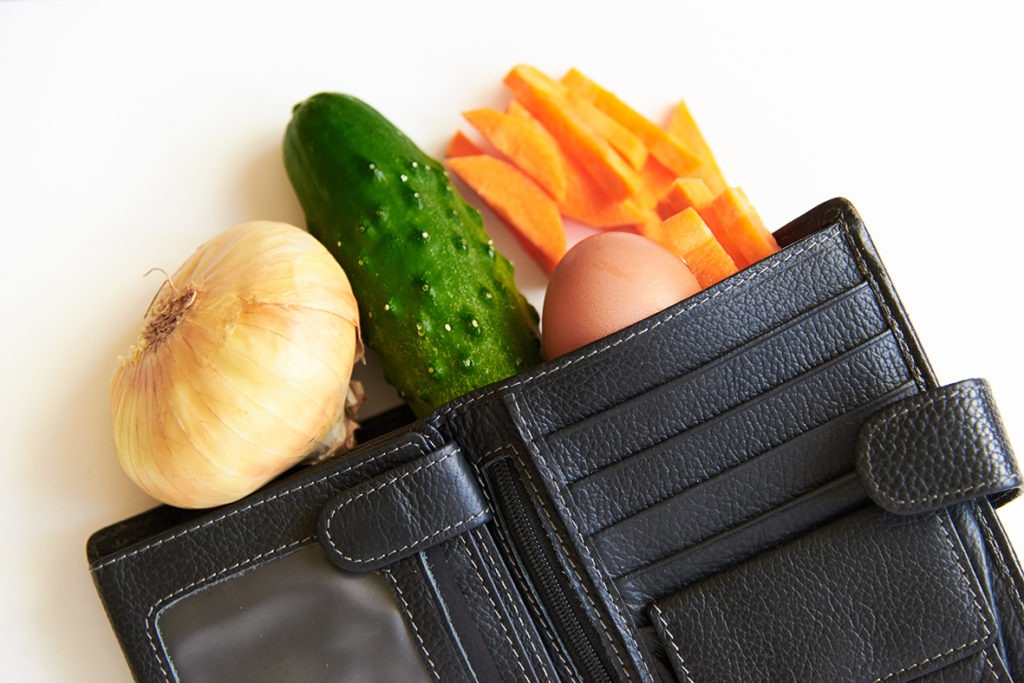
ETHICAL ESSENTIALS
With more consumers now caring about their own environmental footprint, Mintel says that we can expect to see brands and retailers launch more products with ethical or environmental claims. But with COVID putting financial pressure on many families, more consumers will also be looking for better value in the foods they buy.
“When it comes to value, pandemic-shocked consumers are seeking a return to what is essential,” Beckett says. “Consumers are now focused on minimal consumption and getting the best returns from their purchases.”

QUALITY REDEFINED
As life (hopefully) gets back to normal after a rocky 2020, the pace of our lives will get back to being busier, which means consumers will expect time-saving, but also hygienic food, drink and foodservice. But many of us have come into 2021 feeling less secure than we used to, which means trust will also be an important factor when choosing what we buy.
“Brands will be challenged to respond to new definitions of quality,” Beckett says. “The focus on getting the best value for money will motivate brands to be more transparent about product price by providing details about ingredients, processes and people.”

UNITED BY FOOD
With COVID leaving many people feeling disconnected, 2021 will be a time when many seek to reconnect – both with others and with their own pre-COVID identities that got lost somewhere in between all that Netflix and 24/7 pyjama-wearing.
In response to this, in the next 12 months we can expect to see food, drink and foodservice companies encouraging people to use their brands as a form of self-expression and a way to reconnect with their pre-pandemic identities.
“Consumers’ understanding of community has been strengthened by COVID,” Beckett says. “Food, drink and foodservice brands can take advantage of their positions as common interests to which consumers can tie their identities, and actively bring fans together.”

What we can expect to see from restaurants
MORE DELIVERY AND MEAL KITS
While some restaurants stopped home deliveries once they were able to reopen post-lockdown, many others have seen the benefits of including meal delivery as part of their regular offerings, and the rising popularity of home delivery means we’re likely to see more of this in the year to come. New research from Roy Morgan shows nearly four million Australians aged 14 or over now use meal delivery services, up from 1.98 million when Roy Morgan first analysed the emerging meal delivery service industry in mid-2018.
Lockdown introduced many of us to the pleasures of enjoying a fine-dining experience in our own home, and since discovering we don’t need to get out of our trackie-daks to enjoy a fancy meal, it’s unlikely Aussies will want to let this go, COVID or no COVID. Restaurant-level custom meal kits became a flourishing revenue stream for many venues last year, and services such as Merivale at Home and Make-Out Meals – which offer almost-ready meals from popular dining spots like Mr Wong and ISH – are likely to continue to expand in 2021.

LESS HUMAN INTERACTION
COVID may have changed the way we dine out for good, with health and safety for staff and patrons now taking centre stage. According to international food and restaurant consultants Baum + Whiteman, we can expect fewer table cloths, lots of masks and safety barriers and less contact with staff. We can also expect to see fewer printed menus and more digital ones, are more likely to be pouring own wine (sounds dangerous) and there’ll be fewer sharing platters. Oh, and those serve-yourself bain marie buffets will become a thing of the past. Which is no big loss, really.

MORE ONLINE COOKING CLASSES
Another avenue that many restaurateurs took to compensate for COVID closures, and also one that many have seen the value of continuing. For chefs, it’s a great way to raise their profile and build a fan base, and they’ll certainly have an avid audience, with so many Aussies rediscovering the joys of cooking at home last year and now looking to expand their repertoires. Even the crème de la crème of culinary schools, Le Cordon Bleu, is offering online cooking classes, for those of you who want to get extra classy in the kitchen.
Online cooking classes aren’t always just for shameless self-promotion, either. Help Out Hospo was started to raise funds for hospitality workers affected by lockdowns, and the site offers video courses from culinary legends such as Neil Perry, Matt Moran and Luke Mangan.
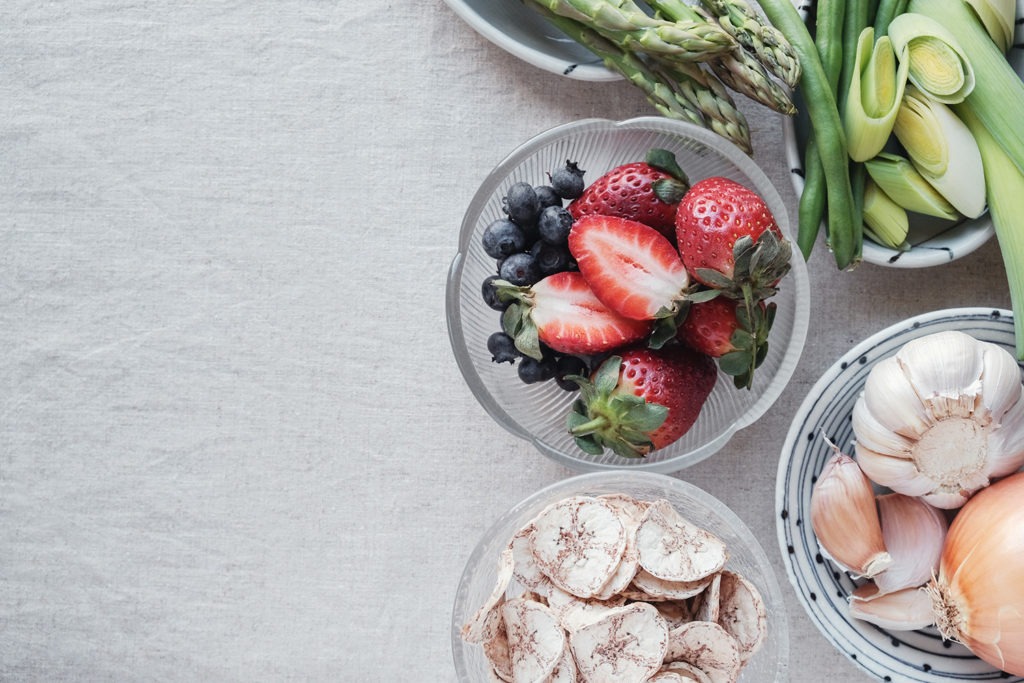
What we can expect to see in health
POSTBIOTICS
First probiotics, then prebiotics, now postbiotics. But what in the biotic blazes does it all mean? In a gut-shell, prebiotics are a type of dietary fibre that feeds the probiotic “good” bacteria that live in our gut. Postbiotics are the by-product of probiotics’ lunch – their waste product, to be exact. While that sounds kind of ew, postbiotics are now the focus of research thanks to their anti-inflammatory and antioxidant benefits, which could potentially help to boost immunity and improve gut health.
While you can obviously get postbiotics by eating foods containing pre- and probiotics like sauerkraut, kefir and yoghurt, we will undoubtedly be seeing countless products emblazoned with the word “postbiotics” popping up in the coming year.
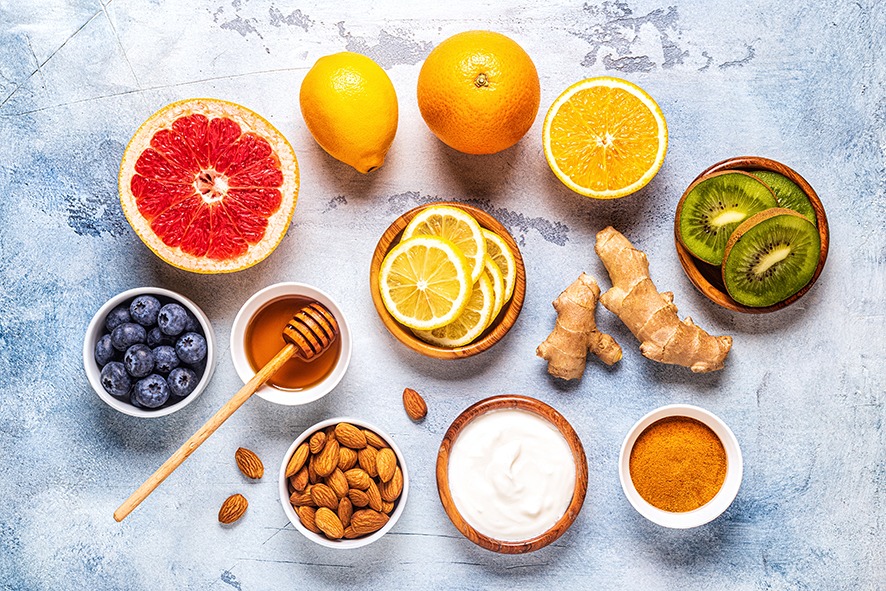
IMMUNITY IS THE NEW SUSTAINABILITY
Once again, COVID has had a hand in this – with a strong immune system now seen as being more desirable than a harbour-side penthouse or new pair of Jimmy Choos. The Innova Consumer Survey 2020 found that 60 percent of global consumers are increasingly looking for food and drink products that support their immune health, with one in three saying that their concerns about immune health have increased. Well, duh.
This means that immunity-boosting ingredients will likely be found in everything in 2021. According to Baum + Whiteman, we can expect to see more packaged foods using turmeric, zinc, ginger, green tea, specialty honey, mushrooms and mushroom extracts, chia seed and CBD (cannabidiol) – all of which have been found to support the immune system in various ways. Just try not to eat them all at once – that’s bound to make you sick.









